Long-term food storage doesn’t have to be complicated or expensive.
Using 5-gallon buckets is one of the most practical and budget-friendly ways to store bulk foods for months or even years.
Whether you’re building a food storage pantry or just want to buy in bulk to save money, this guide will walk you through everything you need to know about packaging foods in 5-gallon buckets.
Understanding Food Grade vs Regular Buckets
One of the most common questions about bucket storage is whether you need to buy expensive “food grade” buckets.
The answer might surprise you!
Both food grade buckets and regular contractor buckets from hardware stores are often made from the same material:
HDPE plastic with the recycling number 2.
You can identify this by flipping the bucket over and looking for a triangle with the number “2” inside, along with “HDPE” markings.
HDPE #2 plastic is inherently food safe, regardless of how it’s marketed. The difference is that buckets specifically sold as “food grade” are manufactured and handled in facilities that follow strict food safety protocols.
However, for home food storage, regular HDPE #2 buckets work perfectly fine when properly washed and disinfected before use.
Sourcing Bulk Foods
Buying in bulk is key to making bucket storage cost-effective. Food cooperatives like Azure Standard offer significant savings on organic and natural foods.
These cooperatives work by having customers place orders online, then delivering to scheduled drop sites in communities across the country.
Everyone works together to unload the truck, which keeps costs down and makes organic bulk foods more accessible.
Typical bulk purchases might include:
- 25-50 lb bags of dried beans and lentils
- 40-50 lb bags of organic oats
- Bulk flour (unbleached and unbromated)
- Large quantities of cocoa powder
- 40 lb bags of potato flakes
- Nuts, dried fruits, and other pantry staples
FREE FOOD STORAGE PLAN!
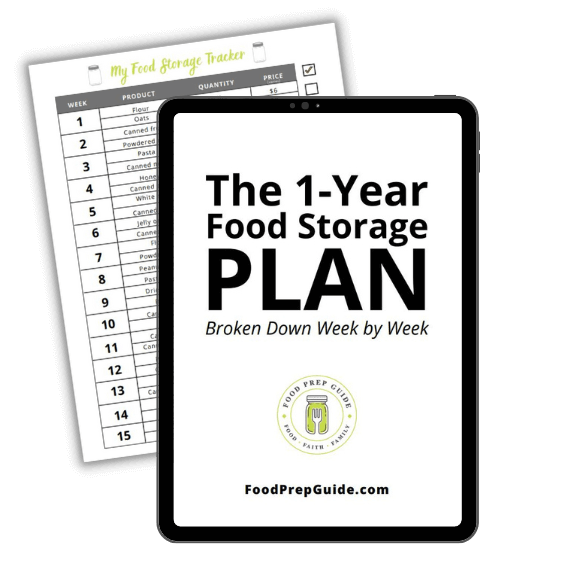
Does gathering and storing a year’s worth of food for your family seem overwhelming and unachievable?
Make it easy with our step-by-step plan. Subscribe to our weekly newsletter & we’ll send it to you FREE!
Essential Supplies for Bucket Storage
Before you start packaging, gather these supplies:
- 5-gallon HDPE #2 buckets
- Gamma seal lids (much better than standard bucket lids)
- Food grade diatomaceous earth
- Bay leaves (buy in bulk, not small spice containers)
- Labels for marking contents and dates
- Vacuum sealer and bags (optional, for alternative storage methods)
Prices pulled from the Amazon Product Advertising API on:
Product prices and availability are accurate as of the date/time indicated and are subject to change. Any price and availability information displayed on [relevant Amazon Site(s), as applicable] at the time of purchase will apply to the purchase of this product.
Storing Beans and Lentils
Beans are perfect for 5-gallon bucket storage, with one bucket holding approximately 30 pounds (this varies by bean size).
Storage method:
- Layer beans with food grade diatomaceous earth as you fill the bucket
- Mix thoroughly to coat all beans
- Add bay leaves on the surface and inside the lid
- Seal with gamma seal lid
- Label with contents and date
The diatomaceous earth acts as a natural pest deterrent. It’s made from fossilized microscopic organisms that look like tiny shards of glass under a microscope.
Prices pulled from the Amazon Product Advertising API on:
Product prices and availability are accurate as of the date/time indicated and are subject to change. Any price and availability information displayed on [relevant Amazon Site(s), as applicable] at the time of purchase will apply to the purchase of this product.
If any insect eggs hatch or bugs get into the bucket, they won’t survive contact with the diatomaceous earth.
Important: Only use food grade diatomaceous earth. There’s a significant difference between food grade and industrial grade versions.
Storing Grains and Oats
Oats and other grains require special consideration because they’re notorious for harboring pantry moth larvae.
For oats (17 lbs per 5-gallon bucket):
- Consider pre-freezing for 48 hours to 1 week to kill any larvae
- Don’t use diatomaceous earth since oats aren’t rinsed before cooking
- Add bay leaves inside the bucket and on top of the gamma seal lid
- Label and store
Why organic oats matter: Conventional oats are heavily sprayed with glyphosate, so if you use oats regularly, the organic version is worth the investment.
You can also vacuum seal oat in Mason jars.
Common uses for bulk oats:
- Regular oatmeal and overnight oats
- Homemade granola
- Baked oatmeal
- Oatmeal cookies
- Meat stretcher in meatloaf and meatballs
Storing Flour Properly
Flour requires the most careful handling due to its susceptibility to pantry moths.
Method 1: Freeze then bucket store
- Pre-freeze flour for minimum 48 hours, ideally up to 1 week
- Transfer to 5-gallon bucket (holds approximately 25 lbs)
- Add bay leaves inside bucket and on gamma seal lid
- Label and store
Method 2: Vacuum seal portions If freezer space is limited, vacuum sealing eliminates the need for pre-freezing. The lack of oxygen prevents any insects from surviving.
You can buy vacuum seal bags or make custom-sized bags from rolls of plastic.
Storing Powders and Specialty Items
Cocoa powder (20 lbs per 5-gallon bucket):
- Don’t use diatomaceous earth (impossible to separate from powder)
- Use bay leaves only
- Store in gamma seal containers
Potato flakes (13 lbs per 5-gallon bucket):
- No diatomaceous earth needed (not rinsed before use)
- Bay leaves for pest deterrent
- Excellent for gluten-free gravy thickening and quick mashed potatoes
The Power of Bay Leaves
Bay leaves are your secret weapon against pantry pests. Insects hate the smell and will avoid areas where bay leaves are present.
Buy bay leaves in bulk rather than small spice containers—a large bag will last 2+ years if stored properly in an airtight container.
Prices pulled from the Amazon Product Advertising API on:
Product prices and availability are accurate as of the date/time indicated and are subject to change. Any price and availability information displayed on [relevant Amazon Site(s), as applicable] at the time of purchase will apply to the purchase of this product.
Place bay leaves:
- Scattered inside the bucket with the food
- In the small compartments of gamma seal lids
- On top of the sealed lid
The food won’t take on the bay leaf flavor, even with extended storage.
Why Gamma Seal Lids Matter
Standard bucket lids are flimsy and don’t create a proper seal. Gamma seal lids screw on tightly and are essentially airtight. They’re worth the investment for:
- Better pest protection
- Easier access to stored foods
- Longer food freshness
- Stackable storage
Alternative Storage Methods
Mylar bags: While popular for very long-term storage (5-20 years), mylar bags aren’t necessary for foods that will be rotated within 1-2 years. They add expense and can sometimes impart a slight metallic taste to foods.
Vacuum sealing: Excellent for portion control and eliminating the need for pre-freezing. Create custom bag sizes using plastic rolls, and vacuum seal individual portions of flour, beans, or other bulk items.
Prices pulled from the Amazon Product Advertising API on:
Product prices and availability are accurate as of the date/time indicated and are subject to change. Any price and availability information displayed on [relevant Amazon Site(s), as applicable] at the time of purchase will apply to the purchase of this product.
Labeling and Rotation System
Create a simple labeling system:
- Item name on the left side of the label
- Date on the right side at the top
- Leave space below the date for future refill dates
- This eliminates the need for new labels when refilling buckets
Storage Capacity Reference
Here’s how much fits in a 5-gallon bucket:
- Beans/lentils: ~30 lbs (varies by size)
- Oats: ~17 lbs
- Flour: ~25 lbs
- Cocoa powder: ~20 lbs
- Potato flakes: ~13 lbs
- Rice: ~35 lbs
Cleaning and Maintenance
Before storing, clean buckets thoroughly even if they’re new. After filling, wipe down the outside of buckets to remove any dust or residue from the filling process.
One kind reader shared their tip with us recently:
Place a disposable shower cap over your buckets to keep them dust-free!
Prices pulled from the Amazon Product Advertising API on:
Product prices and availability are accurate as of the date/time indicated and are subject to change. Any price and availability information displayed on [relevant Amazon Site(s), as applicable] at the time of purchase will apply to the purchase of this product.
This keeps your storage area clean and makes it easier to identify any potential pest issues.
Store filled buckets in a cool, dry place away from direct sunlight. Stack them carefully, with heavier buckets on the bottom.
Tips for Success
Foods that work well with diatomaceous earth:
- Anything you rinse before cooking: beans, lentils, rice, pasta, split peas
Foods that don’t need diatomaceous earth:
- Items not rinsed before use: oats, flour, powders, nuts
Pre-freezing recommendations:
- Essential: flour and other grain products
- Optional: oats, rice (if you’ve never had pest issues)
- Not necessary: beans, lentils (diatomaceous earth provides protection)
With proper preparation and storage techniques, 5-gallon bucket food storage can provide you with months or years of shelf-stable foods at a fraction of the cost of smaller packages.
The key is understanding which protection methods work best for each type of food and investing in quality storage supplies like gamma seal lids and food grade diatomaceous earth.
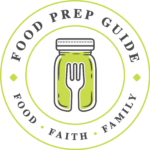
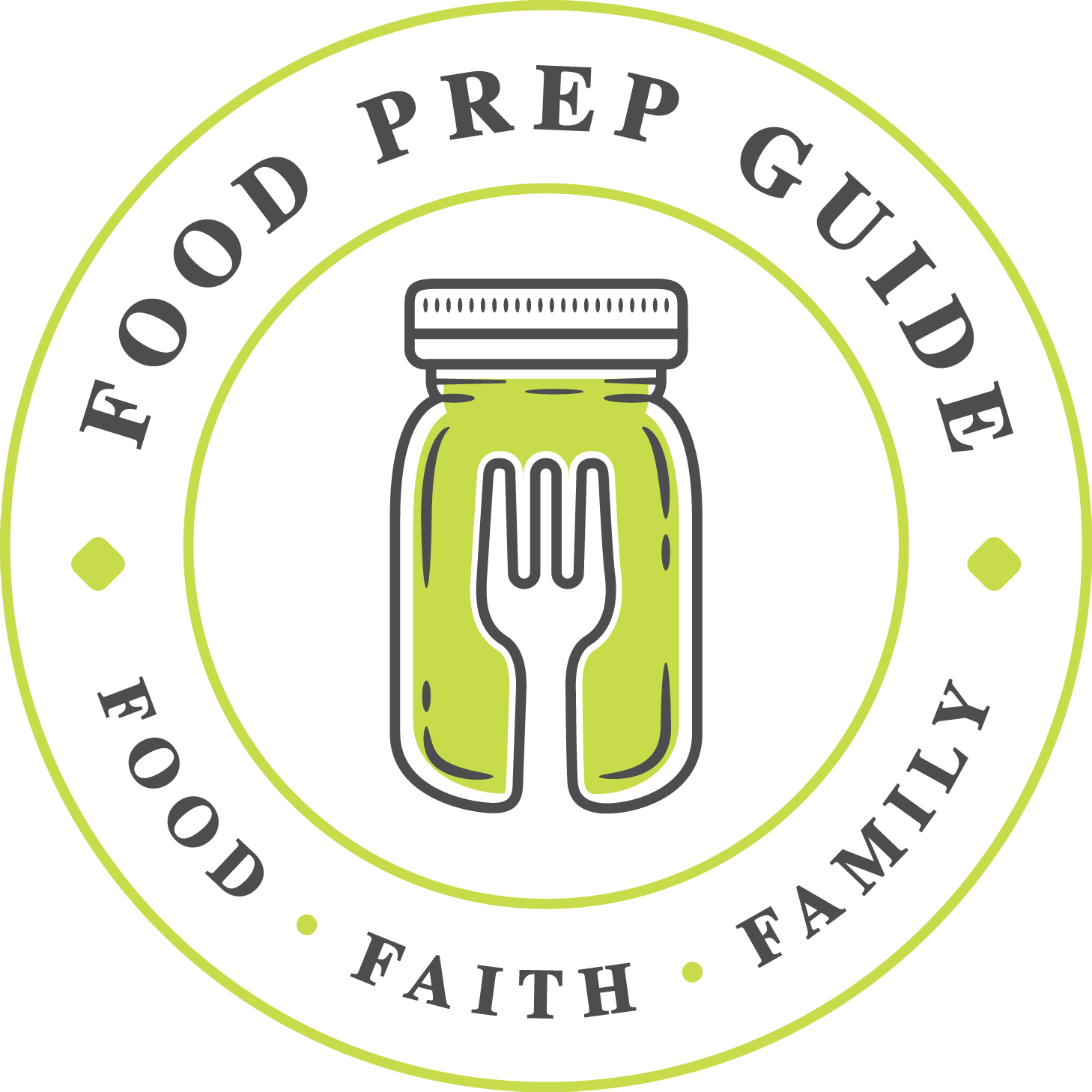
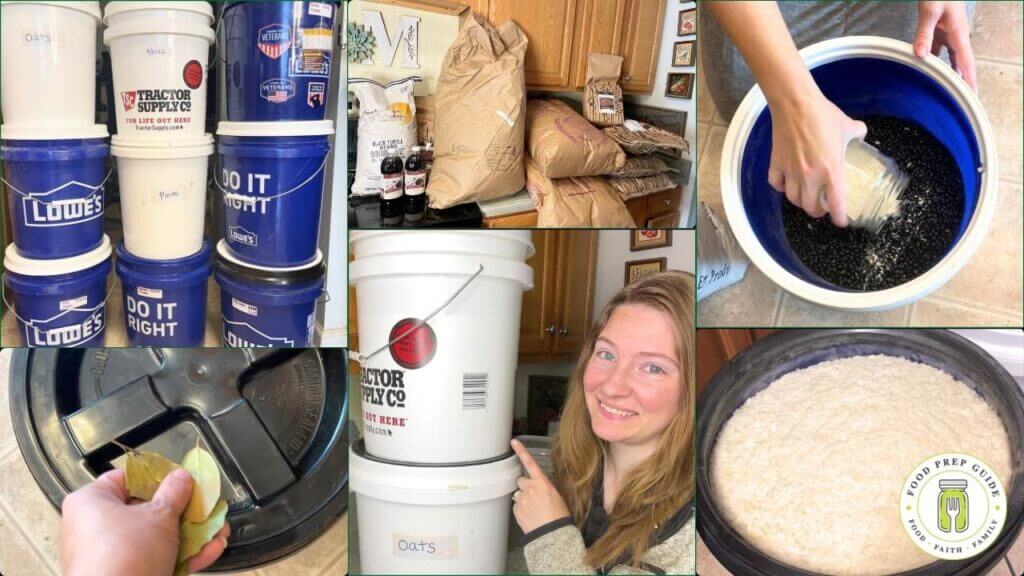








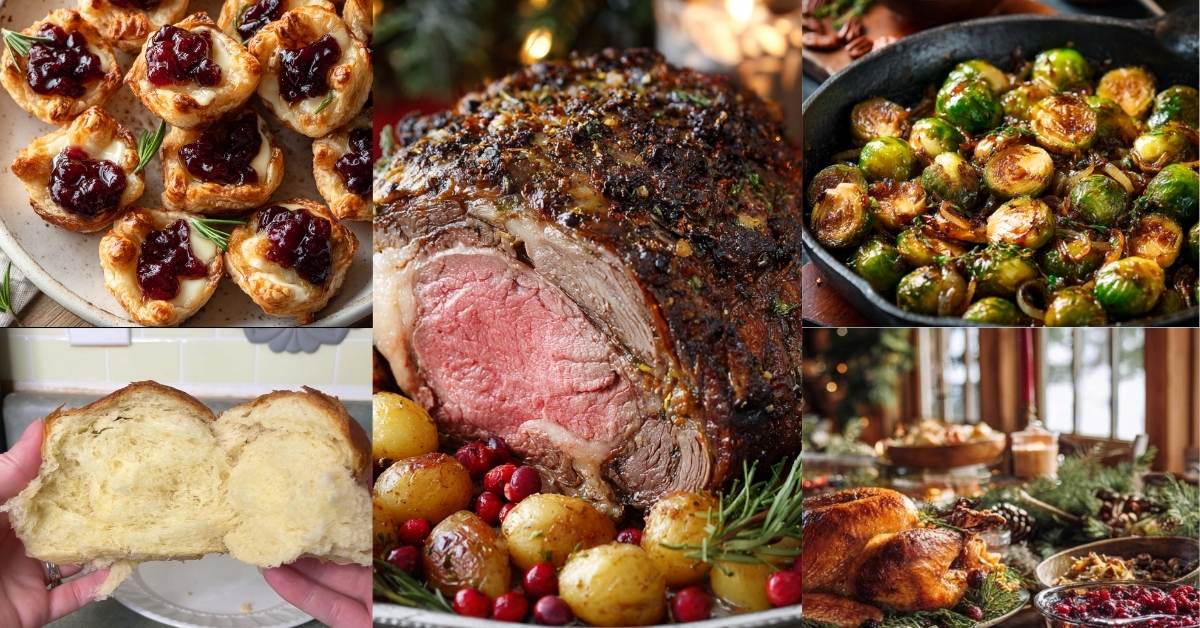

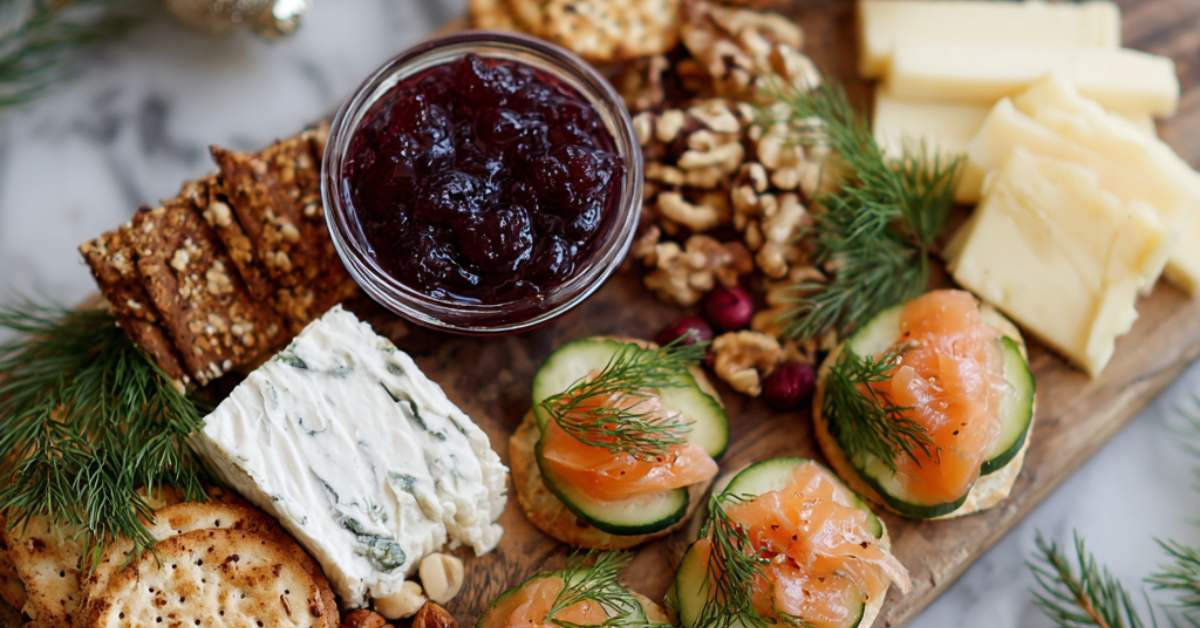



How long can you store wheat berries, particularly organic Einkhorn wheat berries? Would you use bay leaves in the containers? I’ve read where the berries could last up to 25 years if stored properly.
Thank you,
Helen
Yes, 25 or even 30 years, and I would put bay leaves in the container and on the lid. 🙂